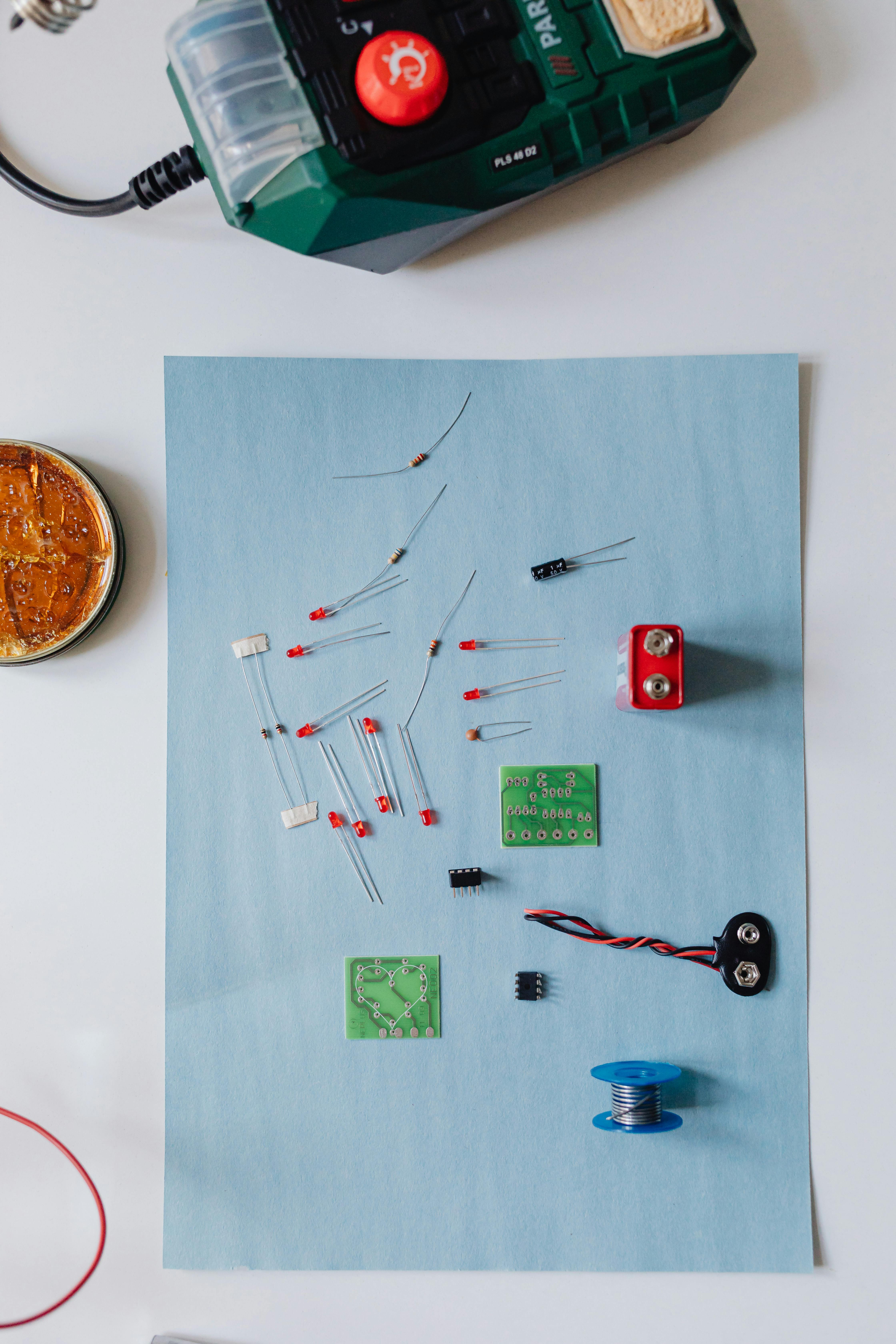
How to Know If You're Dilation: Essential Insights for Expecting Mothers
As the excitement of impending motherhood approaches, understanding the signs of dilation becomes crucial for expecting mothers. So, how can one identify these dilation indicators without directly checking? In this article, we will explore the various physical and emotional signs of dilation, helping to demystify this essential aspect of the childbirth preparation.
Understanding the Dilation Process
The understanding dilation process begins with recognizing that this is a series of changes that occur as your body prepares for labor. The cervix, which is the passage connecting the uterus to the vagina, gradually opens to allow the baby to enter the birth canal. Expecting mothers might notice several physiological signs of dilation throughout their pregnancy as their due date approaches.
Physical Signs of Dilation
Physical signs that may indicate dilation include an increase in pelvic pressure, back pain, and changes in vaginal discharge. Many women report a feeling that something is ‘different’ in their bodies; this intuitive sense can prove invaluable during the pregnancy journey. Traditional signs like visual signs of dilation may be subtle, but the interplay between contractions and the body's responses serves as a fertile ground for interpreting possible dilation.
Emotional Signs of Dilation
Interestingly, emotional signs can be just as telling as physical symptoms. Expecting mothers may experience heightened anxiety or a sense of urgency as labor approaches. These feelings are connected to hormonal changes in the body, significantly affecting maternal health and emotional well-being. Monitoring emotional dilation sensations can help future mothers prepare mentally for what’s to come.
Identifying Unique Signs of Dilation
Every woman's experience is unique; thus, it’s essential to explore identifying unique signs of dilation that resonate with you personally. Some women may find they have a strong nesting instinct or a sudden urge to organize their living space. Others might notice an change in their appetite or sleep patterns as their body naturally begins the work of monitoring dilation.
Recognizing Signs of Active Dilation
Knowing when you are in the active stages of labor can help in planning for childbirth. The process usually consists of varying degrees of dilation vs. non-dilation awareness that mothers will progress through. Understanding how tracking your dilation progress can affect your perception of labor can greatly enhance relaxation and coping strategies.
Common Misconceptions About Dilation
Misinformation can cloud an expectant mother's preparedness, leading to unnecessary anxiety. A prevalent myth is that dilation must be checked frequently to be recognized. In reality, many women can identify when they are approaching dilation without constant monitoring. Educating yourself about the common misconceptions about dilation will empower you during your labor process.
Maintaining Calmness Through Dilation
Many healthcare providers emphasize the importance of remaining calm during contractions and the dilation discomfort. Techniques such as mindful breathing and visualization can help ease anxiety during this critical time. Learning to manage expectations on dilation allows women to stay connected to their bodies and instincts. Engage in calming practices and communicate your feelings with support systems in place.
Practical Tips to Self-Assess Dilation
Practicing self-assessment of dilation can be incredibly beneficial. Tune into your body signals, noting changes in rhythm or intensity during contractions. Keep a journal of any changes in the body during dilation and reflect on these experiences. Engaging in self-awareness in labor leads to a deeper connection with one’s pregnancy journey.
The Role of Healthcare Providers in Understanding Dilation
Throughout the pregnancy, jumping questions can arise, making the role of healthcare providers invaluable. Consistent visits and discussions can aid in building rapport and ensuring effective communication during labor. Start conversations about factors affecting dilation and labor signs, asking questions to empower your experience with knowledge.
Importance of Monitoring Dilation Progress
Your healthcare provider will typically assist you in monitoring development in labor. Understanding the normal variations and what signs to look out for ensures that you feel supported and informed as you approach the finish line of your pregnancy. Their expertise provides a safety net for conversation and guidance, crucial in your preparation journey.
Expert Tips on Dilation
It's vital to not only listen to your body but also seek professional advice on dilation. Engage with professionals who can provide diverse perspectives on the signs leading to labor onset. Strategies and advice shared by midwives can be particularly beneficial for an alternative outlook on how one may recognize crossover signs during the dilation phase.
Changes in Your Body During Dilation
An understanding of the bodily changes during dilation can enhance your labor experience. Factors like hormones play a critical role, impacting your body’s reaction and thus, understanding these changes is essential. Engaging in conversations around the effects of hormones on dilation can help shine light on the broader experience of childbirth.
Key Takeaways
- Recognizing signs of dilation can empower you during your pregnancy.
- Both physical and emotional signs play critical roles in understanding the body’s response.
- Establishing communication with healthcare providers ensures you are supported and informed.
- Self-assessment and awareness can aid in labor preparation, enhancing your experience.
- Myths surrounding dilation highlight the need for accurate education and support systems.
FAQ
1. What are some clear signs of impending labor?
Common signs include consistent contractions, changes in vaginal discharge, and pelvic pressure. Understanding these signs of labor helps prepare for the active stages of childbirth.
2. How can I confidently self-check for dilation?
Recognizing your body's signals, such as changes in contractions and discomfort levels, can be effective. Keeping a log of these sensations aids in understanding how your body is progressing through the stages.
3. Are there emotional changes associated with dilation?
Yes! As dilation progresses, hormonal changes can significantly affect emotional states. Feeling an increase in anxiety or nesting instincts are typical signs leading to dilation.
4. What are the differences between dilation and Braxton Hicks contractions?
True dilation is a progressive change in the cervix, while Braxton Hicks are typically irregular contractions that do not lead to labor. Understanding the difference helps manage expectations during the waiting period.
5. How important is emotional support during dilation?
Emotional support is essential. It aids in managing the discomfort and helps you stay calm and focused during active dilation. Engaging a trusted partner or support person is recommended.
6. Can relaxation techniques help in monitoring dilation?
Absolutely! Practicing relaxation techniques can influence your body’s response during dilation, potentially easing discomfort and stress as labor progresses.
7. Where can I find additional resources on childbirth education?
Explore local prenatal classes, online resources, or community programs dedicated to pregnancy education for comprehensive support as you prepare for labor and delivery.

